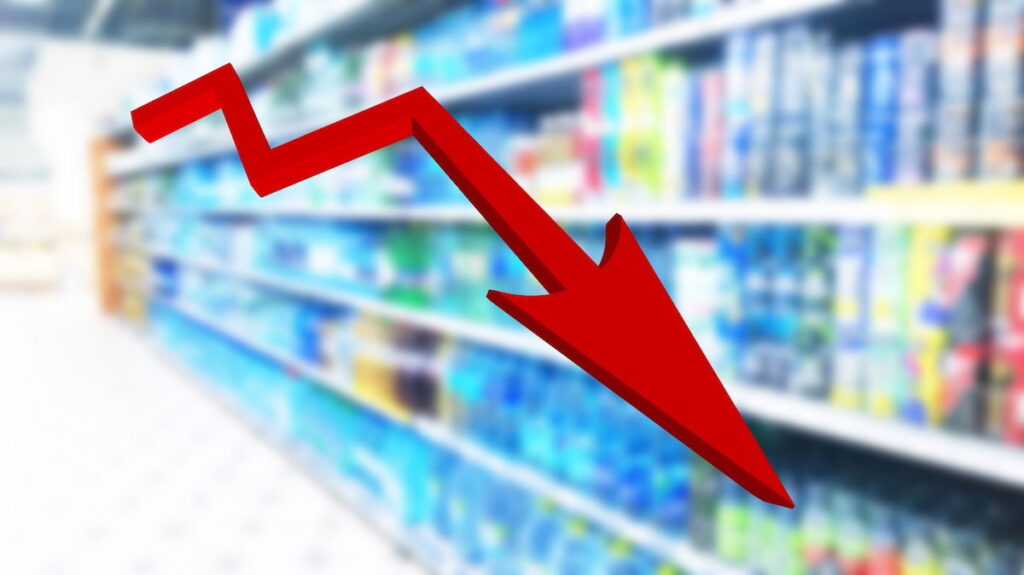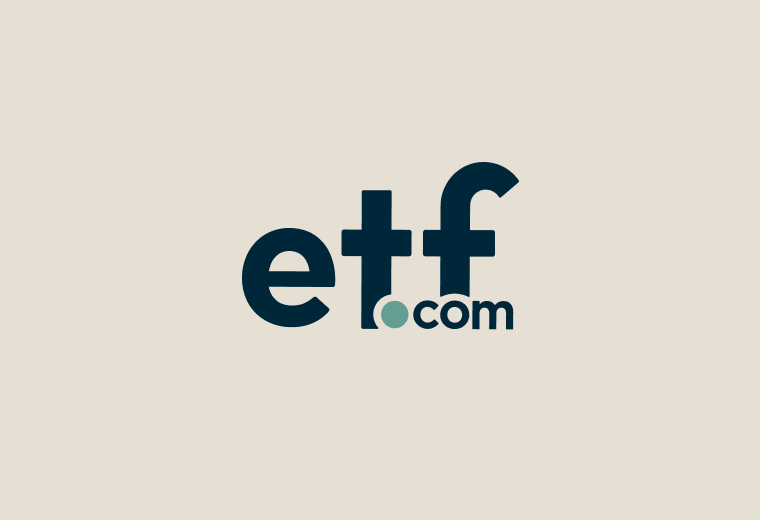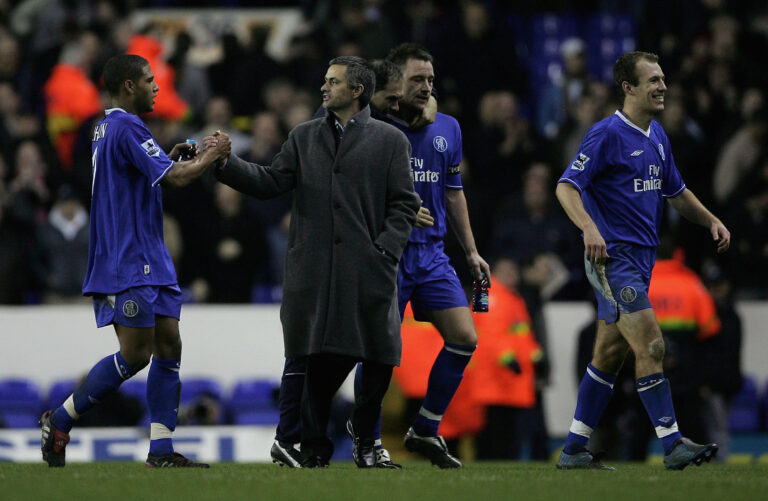
Spain’s inflation dropped to 1.9% in May — its lowest since October — as prices ease across Europe. But core inflation and ECB decisions still keep things tense.Credit: NVS my world, Shutterstock.
Inflation rates in Spain dipped to 1.9% in May, marking its lowest reading since last October. But don’t start popping the budget cava just yet — the devil’s in the “core” detail.
As reported by Euronews, according to Spain’s National Statistics Institute (INE), this slight dip signals a third straight month of declining inflation. It’s not just food prices that could, in theory, be getting a breather — leisure, culture, transport, and electricity costs are all part of the great slowdown. But while the headline number looks chilled, Spain’s core inflation — which strips out volatile items like energy and food — is still simmering at 2.1%.
That’s just above the European Central Bank’s golden rule of 2% for price stability.
Germany and Italy join the cooldown
Spain isn’t the only country reaching for the thermostat. Over in Germany, inflation stood firm at 2.1% in May — slightly lower than analysts had feared. According to the Federal Statistical Office, monthly price growth slowed to a barely-there 0.1%, the weakest since January.
Meanwhile, Italy saw inflation slip to 1.7%, down from 1.9%. Southern Europe, it seems, is having a Mediterranean moment — slow and steady wins the disinflation race.
Still, economists warn the core inflation in Germany is a stubborn 2.8%, suggesting some sticky price pressures remain under the surface — particularly on non-essentials that can still eat into your budget.
ECB on the brink of a rate cut?
With prices easing, the spotlight is now firmly on the European Central Bank, which has been holding interest rates tighter than a locked wine cellar.
Goldman Sachs trimmed its eurozone inflation forecast to 1.95%, while also nudging its core inflation prediction down to 2.37%, citing a ‘softening in German pressures’. Translation? If the ECB was looking for a green light to cut rates, this might be it.
Markets, however, didn’t throw a party. The euro held flat against the dollar at $1.1335, while Germany’s 10-year Bund yield remained steady at 2.53%. Stocks on the Euro STOXX 50 tiptoed down 0.4%, while Germany’s DAX ticked up 0.2%, just enough to pop back above the 24,000 mark.
Oil spills and Trump thrills
In other news stirring the pot, oil prices dropped like a stone as whispers grew that OPEC+ might pump out an extra 411,000 barrels a day in July. WTI crude fell over 1.5% to $60.20 (€55.30) a barrel, while Brent slipped under $63 (€57.90).
And just when you thought things might settle, Donald Trump took a swipe at China, accusing Beijing of violating the trade pact, sparking fears of yet another tariff tantrum.
What Are the 3 Main Types of Inflation? Explained with the Big Mac Example
There are three main types of inflation, and we can explain them all using the humble Big Mac. First, demand-pull inflation happens when more people want Big Macs than McDonald’s can make — maybe after a celebrity endorsement or viral video. With queues out the door, McDonald’s raises prices because customers are still willing to pay more. Second, cost-push inflation kicks in when the cost of ingredients or wages goes up — say the price of beef rises or staff demand higher pay. To stay profitable, McDonald’s increases the price of the Big Mac. Lastly, built-in inflation is the cycle where people expect prices to keep rising. So workers ask for pay rises to afford more expensive Big Macs. When companies pay those higher wages, they raise their prices again — and the cycle keeps spinning.
What it all means for your wallet
The cost of living across Europe is showing signs of relief as inflation rates begin to cool. However, a drop in inflation doesn’t always mean the cost of living is falling across the board — some essentials remain stubbornly high.
With eurozone inflation easing and Spain slipping below that 2% sweet spot, households might see a little less pain at the pump, till, and booking site. But core inflation’s stickiness and global economic jitters mean it’s too early to break out the bubbly.
The ECB’s next move will be crucial. If rates are cut, borrowing could get cheaper — but too much too soon could reheat the price pot.
While inflation has eased, the overall cost of living continues to weigh on households and small businesses.
In short, it’s a delicate dish the eurozone chefs are cooking — and all eyes are on the kitchen next week.
Stay tuned to the Euro Weekly News for more Spanish living.
More Spanish news in English.







